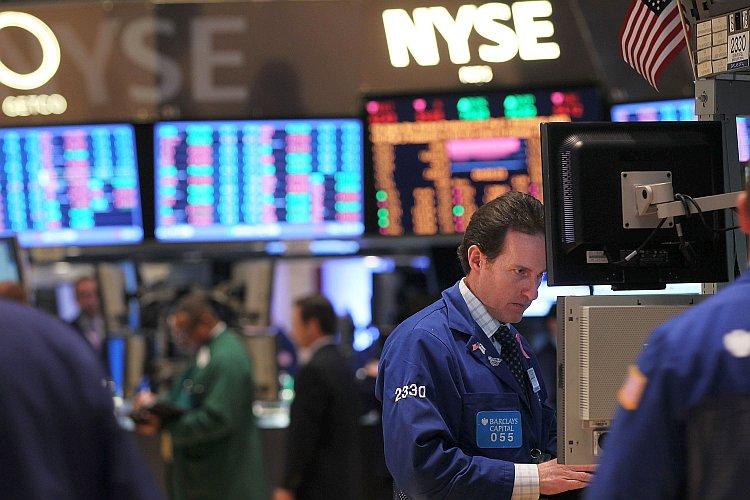U.S. corporate growth expectations for the second quarter of 2022 are beginning to show signs of decline as the cost of energy, goods, and interest rates continue to rise, say economists.
With companies reviewing data from their first quarter earnings reports, analysts at the end of last week lowered their overall forecast for S&P 500 second-quarter profit growth to 5.6 percent from 6.8 percent at the start of April, while the full-year forecast held firm at 8.8 percent, according to data from Refinitiv.





